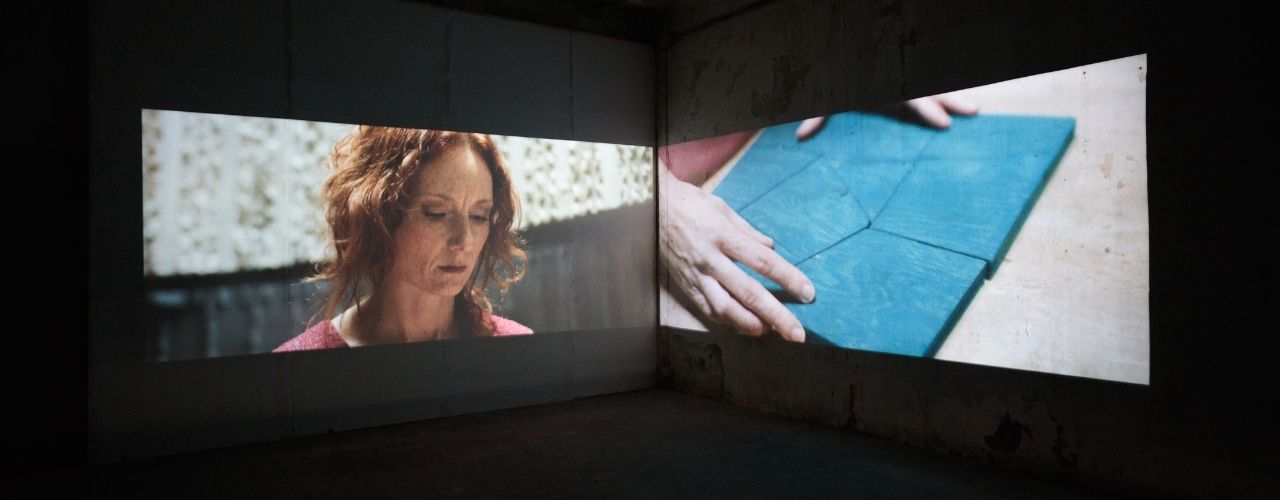Fatal error: Uncaught Error: Call to undefined function get_field() in /home/a31tnt1f/public_html/wp-content/themes/escher/framework/modules/blog/templates/single/parts/title.php:18 Stack trace: #0 /home/a31tnt1f/public_html/wp-content/themes/escher/framework/lib/edgt.functions.php(863): include() #1 /home/a31tnt1f/public_html/wp-content/themes/escher/framework/lib/edgt.functions.php(882): escher_edge_get_template_part('framework/modul...', '', Array) #2 /home/a31tnt1f/public_html/wp-content/themes/escher/framework/modules/blog/templates/single/post-formats/standard.php(23): escher_edge_get_module_template_part('templates/singl...', 'blog', '', Array) #3 /home/a31tnt1f/public_html/wp-content/themes/escher/framework/lib/edgt.functions.php(863): include('/home/a31tnt1f/...') #4 /home/a31tnt1f/public_html/wp-content/themes/escher/framework/lib/edgt.functions.php(882): escher_edge_get_template_part('framework/modul...', '', Array) #5 /home/a31tnt1f/public_html/wp-content/themes/escher/framework/modules/blog/blog-functions.php in /home/a31tnt1f/public_html/wp-content/themes/escher/framework/modules/blog/templates/single/parts/title.php on line 18
Fatal error: Uncaught Error: Call to undefined function get_field() in /home/a31tnt1f/public_html/wp-content/themes/escher/framework/modules/blog/templates/single/parts/title.php:18 Stack trace: #0 /home/a31tnt1f/public_html/wp-content/themes/escher/framework/lib/edgt.functions.php(863): include() #1 /home/a31tnt1f/public_html/wp-content/themes/escher/framework/lib/edgt.functions.php(882): escher_edge_get_template_part('framework/modul...', '', Array) #2 /home/a31tnt1f/public_html/wp-content/themes/escher/framework/modules/blog/templates/single/post-formats/standard.php(23): escher_edge_get_module_template_part('templates/singl...', 'blog', '', Array) #3 /home/a31tnt1f/public_html/wp-content/themes/escher/framework/lib/edgt.functions.php(863): include('/home/a31tnt1f/...') #4 /home/a31tnt1f/public_html/wp-content/themes/escher/framework/lib/edgt.functions.php(882): escher_edge_get_template_part('framework/modul...', '', Array) #5 /home/a31tnt1f/public_html/wp-content/themes/escher/framework/modules/blog/blog-functions.php in /home/a31tnt1f/public_html/wp-content/themes/escher/framework/modules/blog/templates/single/parts/title.php on line 18


